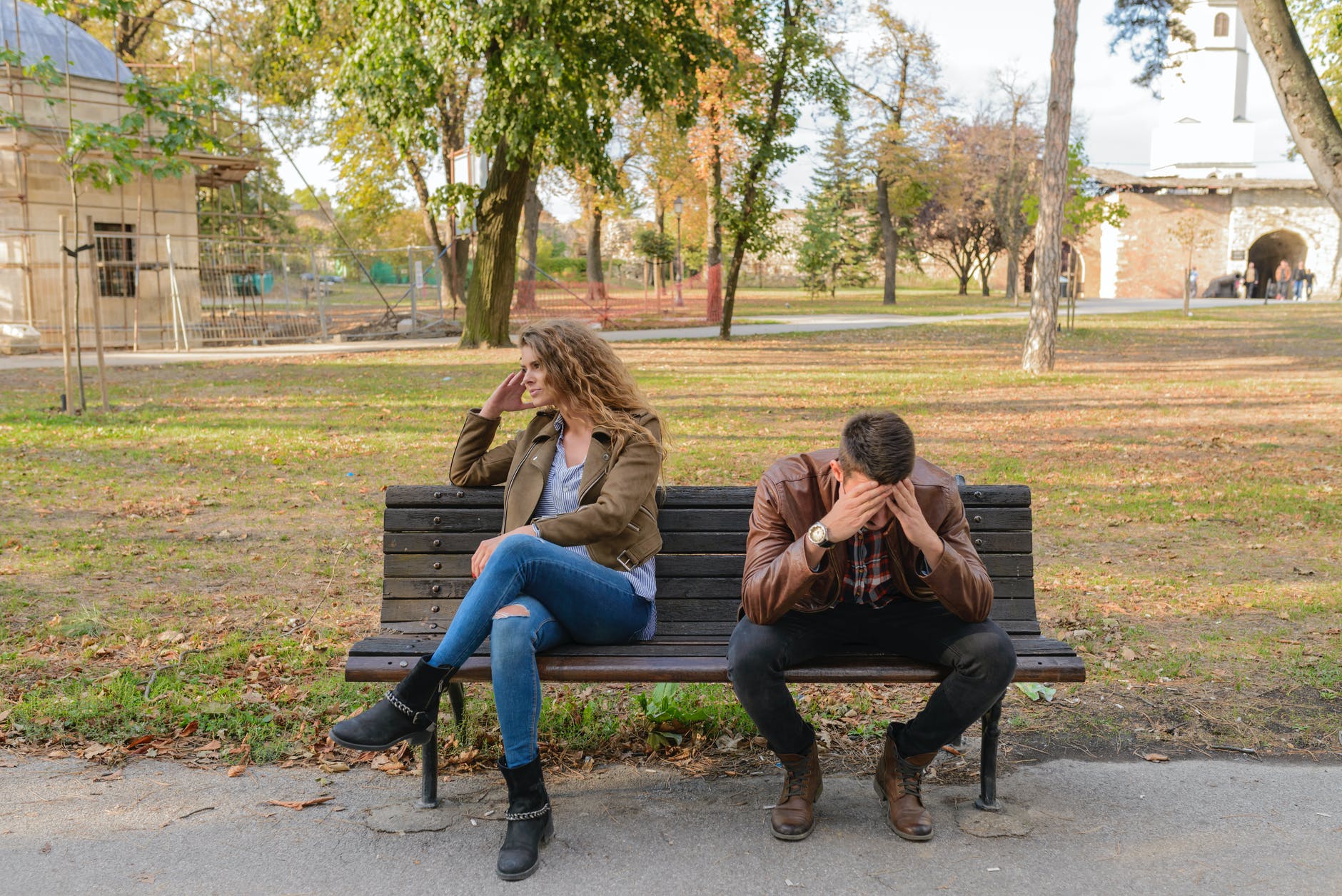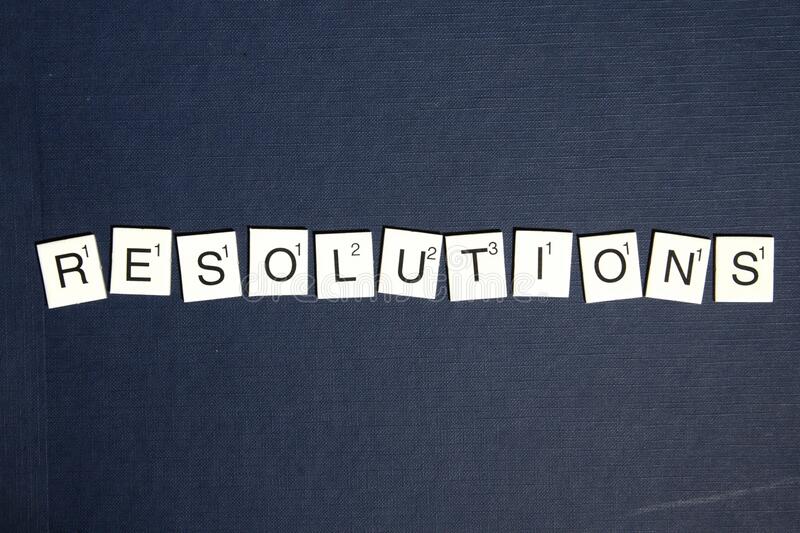
How does systems thinking impact society?
In Donella Meadows’ book “Thinking in Systems,” there is a list of things one can do to affect a system. It counts downwards from less impactful, possibly harmful actions, to the most impactful actions. One of the most impactful is “change your paradigm”. This is because how one thinks about a problem can often be the problem. It always allows one to think completely differently about the original problem. This different thinking leads to different approaches to solving the problem. Or maybe the problem just goes away. This is definitely true with a shift to systems thinking away from a cause-and-effect type of thinking.
Bowen theory is systems thinking.
Bowen theory is a natural systems theory. It developed from many observations about how families (versus individuals) functioned. Not how they said they function, but from observations of behaviour and interactions. What he observed was that changes in the functioning of one person affected the functioning of others, which then affected the functioning of the one person. If one person in a group is anxious about something, that usually affects others. The others can try to “solve the problem” or “calm the person down” or “pull back”. These behaviours are usually related to “your anxiety is making me uncomfortable, so I’m going to try and lower your anxiety so I feel less discomfort”. This happens because the family members (or system members) are connected via the emotional system of the family.
Anxiety in society. It’s contagious.
Because of the impact of emotional systems, levels of anxiety can rise and fall in societies or groups. This is because societies are systems of individuals and each individual is influencing other individuals. Leaders, in particular, can have an enormous influence on the level of anxiety in society and the world. Anxiety is contagious for a good reason. Historically, if a member of my group was anxious, that usually meant there was a threat of some kind. Historically, a threat to one member of a group is a threat to all members of a group. While one can get away with ignoring positive events (hey, I found berries) they best not ignore negative events (I found poison berries).
Anxiety antidote: focus on facts.
Bowen theory, as a natural systems theory, puts an emphasis on facts and objective thinking because this is the only way to understand how a system functions. Systems behave how they behave, regardless of how one thinks or feels. Emotionality can lead to more subjective thinking and ignoring facts. Not being fact-based can lead to poor decisions and poor outcomes, especially with systems. So working to be as objective as possible when thinking about an issue is useful in a family or society. Disinformation campaigns work on the principle that fear will make individuals think less objectively, so they will be easier to mislead.
Managing anxiety in society.
An important factor in family functioning is the level of anxiety in its members. One challenge with anxiety is that it can contribute to greater levels of reactive, subjective, and non-fact-based thinking. For valid reasons, individuals want anxiety to go away as quickly. But quick fixes to “just make it go away” can do more harm than good. Quick fixes can easily make a problem worse or allow it to persist. For example, the discomfort that comes up around Canada’s history with indigenous peoples is something that many people want to go away, by applying a quick fix or by ignoring the history. Neither is a solution. Collectively, individuals have to manage their anxiety in order to stay engaged with finding a solution. Managing and tolerating anxiety in order to stay engaged and solution-focused applies at the level of families and societies.
Systems thinking says problems are symptoms of a dysfunctional system
Another paradigm level shift that systems thinking provides is the understanding that a problem is actually a symptom of an underlying dysfunction in the system. In families, this manifests in the patterns of how individuals function in relationships. Changing the functioning of individuals will change the functioning of the system and reduce the “problem”. Systems thinking supports the idea that an improvement of any member’s individual functioning will reduce symptoms in the system. This is the paradigm-level shift systems thinking provides. It calls on each family member to think about how they are contributing to the family’s functioning which leads to the expression of the symptom. From this perspective, no one person is to blame and everyone can contribute to improvement by changing their part. Each changes their part by defining self (to others) in the system.
Define self – something we can all do individually.
The past six years have provided me with the opportunity to observe my process of dealing with societal issues. I realized I needed to stop just being reactive – getting frustrated, angry, complaining and feeling helpless – about issues and think about what I could do. What was I willing to do and not willing to do? For example, with the Ukrainian situation, there is a range of options. One could choose to volunteer to join the military effort or the NGO efforts. Or one could choose to ignore it. And there are many choices in between. It’s important to remember that defining self does NOT impinge on others. It allows others to make choices and doesn’t force change on them. The task is to think about what one is willing to do and not willing to do and then DO IT. Then get back to one’s life.
What would my most mature self do?
In business, there is the idea of scalability. Something might work on a small scale, but it won’t ‘scale up’ by 100 or 1000 times. Vaccine production is designed to be scaled up, but getting enough ventilators is hard to scale up. Individuals thinking and acting on the question “what would my most mature self do” is a very scalable idea. The more people that do this, using facts to support objective thinking while managing their own anxiety, the more society will function up. This is how systems work, change the functioning of the parts, and the functioning of the system changes. The pandemic has shown this.
The power of one. I can impact society.
One family member deciding, for themselves, to act in a more mature manner can start the process of other family members improving their functioning. This is the magic of systems. I change because I want to be different for me. It’s about me, not others. It’s about defining myself and not trying to define the self of others. The side benefit is that defining myself can be helpful to others because of the nature of systems.
Systems thinking supports the idea that one can only do their part. They can’t do someone else’s part. The challenge is to take the time to be clear on what one is willing to do and not willing to do and then execute on that. To live one’s conviction without impinging on others. This is how systems thinking can impact society.
Dave Galloway
dave.galloway@livingsystems.ca
You can find the Thinking in Systems here: Thinking in Systems
You can find videos on emotional processes in society here: Kerr Interview #10 Emotional Process in Society and here: How does Bowen theory speak to today’s challenges?
Read more about differentiation here: https://www.thebowencenter.org/differentiation-of-self.
Don’t miss any posts.









